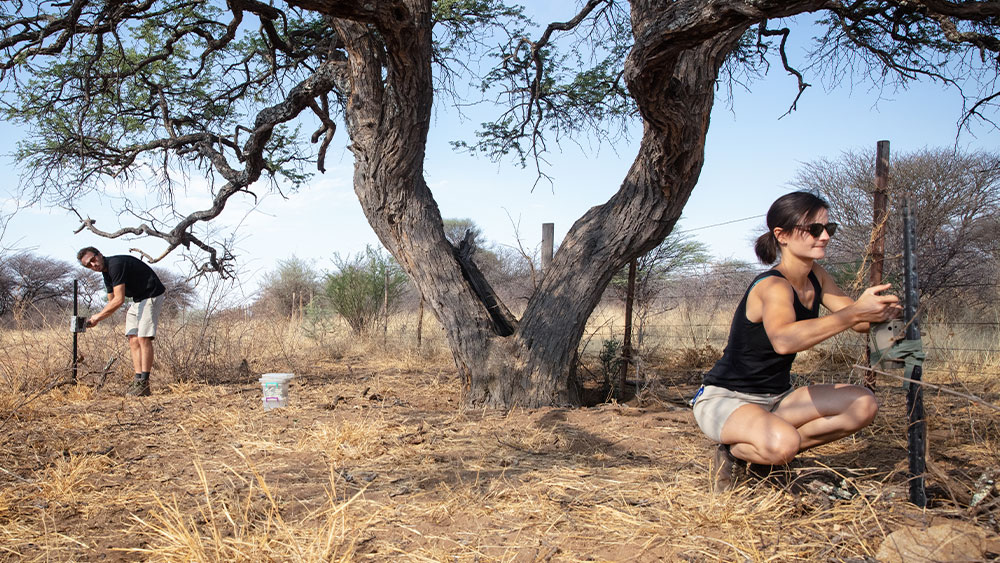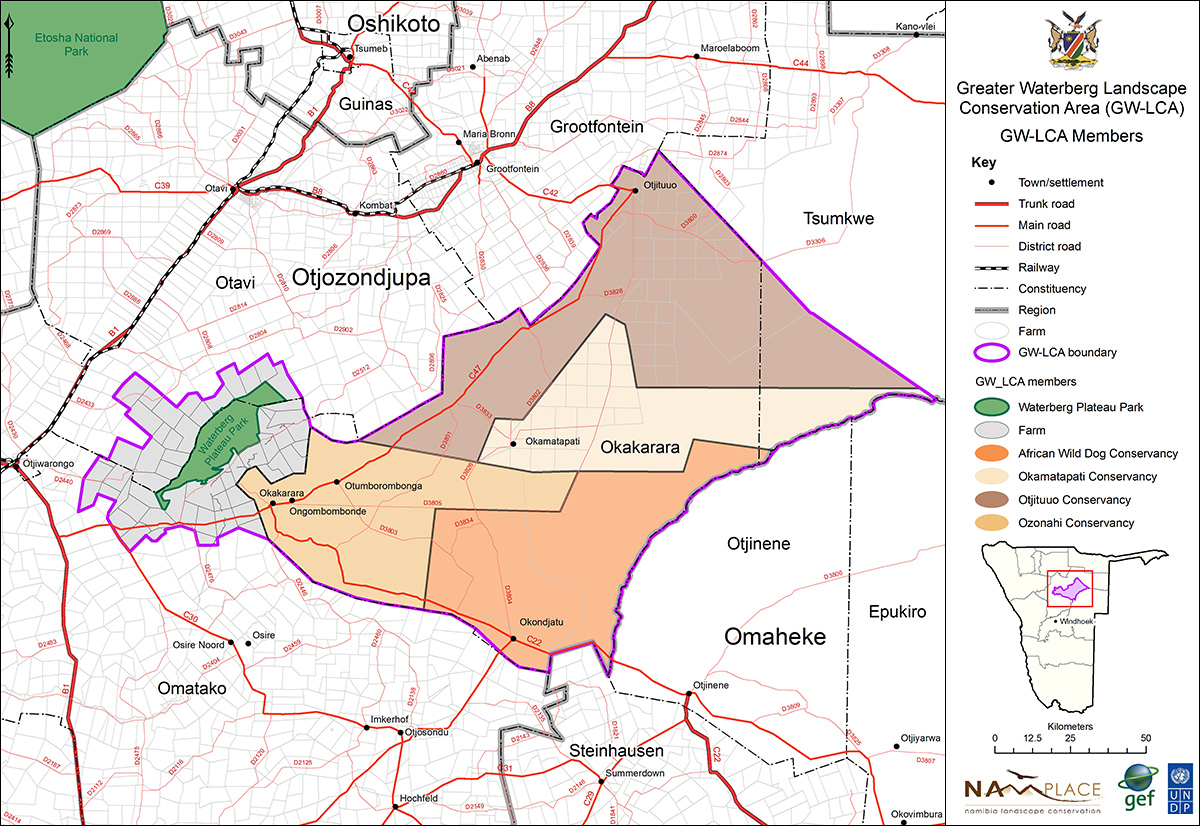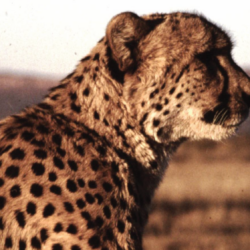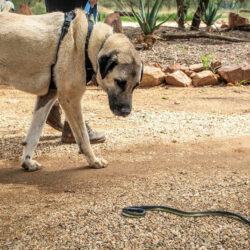People Powered Research at CCF
-

- by Brandy Morenko Campbell March 18, 2019

With the help of CCF Board of Directors member Dan Beringer, researchers at CCF recently partnered with Zooniverse in a project to identify and quantitate the various species of wildlife found within the Greater Waterberg Landscape. Nine camera traps were placed throughout the area and captured images of local animals during the dry season. With the help of 7,840 Zooniverse volunteers from all over the globe, over 200, 000 images were reviewed and catalogued to better understand the local ecosystem. The images collected were used to reveal the numbers and types of species found at several geographically diverse locations as well as time-based activity patterns of the various species.
The Greater Waterberg Landscape has a rich biodiversity which includes black-backed jackals, warthogs, steenbok, oryx, kudu, eland, duiker, porcupines, scrub hares, leopards, caracals, African wild cats, brown hyenas, cheetahs. These species were evenly distributed throughout the region, however Cheetahs were most commonly detected at the play tree camera, whereas leopards were found at all camera sites but most often near water. Similarly, herbivores such as kudu, oryx, and red hartebeest, were most commonly found at camera sites near water.
Images also showed that leopards and cheetahs have the highest overlap of activity and are active at similar times of the day. Since they hunt similarly and since leopards are competitively dominant over cheetahs, this may be one contributing factor in the cheetah’s decline and warrants further investigation.
This collaboration with Zooniverse provided researchers with useful information that otherwise would have taken small research teams enormous amounts of time to gather. With the help of the many volunteers, prompt animal identification of camera trap images can provide insights into current animal populations, animal behaviors, and species interactions that can be used to inform and influence conservation programs. This innovative way of global data analysis is an exciting and powerful tool that CCF is eager to use in their ongoing efforts to gain a deeper understanding of the African ecosystem.
Related Reading
-
December 4, 2024
Double Your Donation for the Cheetah -
June 15, 2024
Snake Aversion Training





